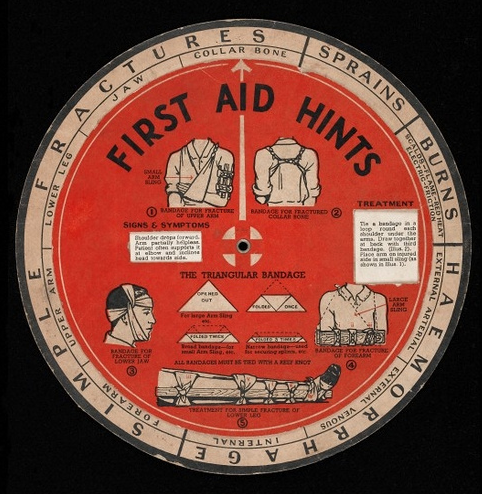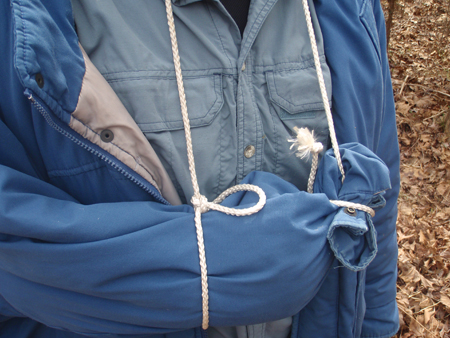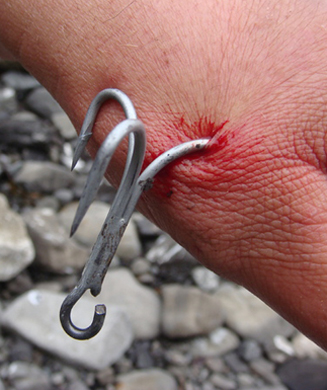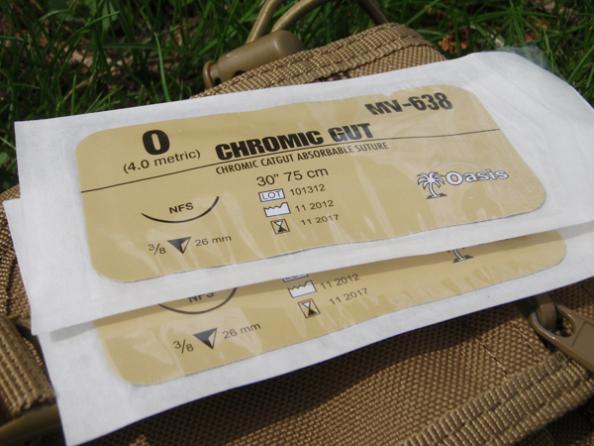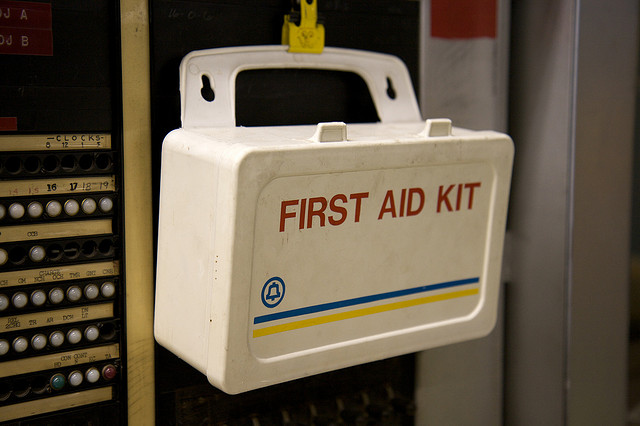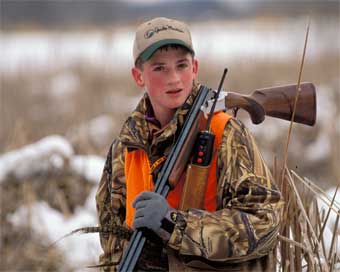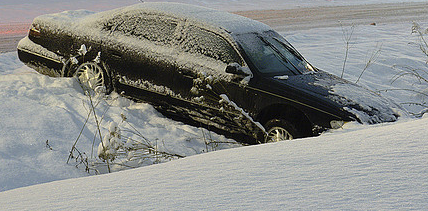Sprains and fractures are common injuries that require swift attention.
You catch your foot under some deadfall. Maybe the horse you’re riding goes down, or you fall from a tree stand. Hundreds of accidents like these happen every year, often resulting in sprains and fractures. It’s crucial to be able to distinguish among such injuries and know how to treat them.
SPRAINS
WHAT THEY ARE: A sprain results from a stretched or torn ligament. Ligaments stabilize joints and give them support, so when a ligament tears or is badly stretched, the joint loses stability.
Maybe you’ve heard that a sprain can be as bad as a break. The pain, debilitation and recovery time can be as bad. But without proper treatment, the aftermath can be even worse. A once-sprained joint, if not properly rehabilitated, can become permanently weakened and likely to suffer reinjury.
Some sprains are mild, leading only to short-term discomfort and disability. But a severe sprain can manifest itself in much the same way as a fracture–bruising, swelling, the inability to move the joint, maybe even the sound and sensation of a “pop” (caused by rupturing ligaments). Without an X-ray, it is sometimes impossible to diagnose the injury as a sprain, a fracture or a combination of the two.
HOW TO TREAT THEM: Since you can’t tell the difference, you should usually treat the injury as a fracture. Immobilize and elevate it, then carefully transport the patient to a medical facility.
In cases of a mild sprain, use the “RICE” method: rest, ice, compression and elevation.
Rest: Limit movement of the injury.
Ice: Apply a cold pack, wrapped in a damp cloth to avoid direct contact with the skin. Apply intermittently for up to 20 minutes at a time over the first 48 to 72 hours.
Compression: Wrap the injured area with an Ace bandage to help reduce swelling. Be sure not to cut off circulation below the injury.
Elevation: If possible, raise the injury above the level of the heart, again to reduce swelling.
FRACTURES
WHAT THEY ARE: Breaks can be tricky, depending on what gets broken. With long bones (legs and arms), diagnosis and treatment are somewhat simpler than with other types of fractures that might be buried deep within body tissue (hips).
Long-bone fractures are either simple or compound. Simple fractures are those in which the bone splits or breaks all the way through, but everything stays pretty much in place. Compound fractures can be nasty, bloody injuries in which the bone may suffer angular deformation and the ends of the bone protrude through the skin.
HOW TO TREAT THEM: The general rule for all fractures is to use a splint to immobilize them as they are. Don’t try to straighten anything out–just splint it and get the patient to a medical facility.
Of course, there is an exception to the rule. If the victim has suffered a compound fracture that has impaired circulation below the break, and no medical help will be available for a long time, you will have to reduce the fracture or risk losing the limb.
Fracture reduction is done by gently pulling the limb in a direct line with the way the bone should normally line up until the fractured bone ends are repositioned and meet. Expect a lot of screaming. Be prepared to have to stop some serious bleeding. If the ends of the bone can be moved back into proper position without damage to surrounding tissue, and you get the patient to a medical facility quickly, the limb might be saved. You will be dealing with jagged ends of broken bones, so be aware that you could sever nerves or arteries or veins, cut muscle tissue or slice through ligaments or tendons.
If you’re dealing with a joint, immobilize it by wrapping gauze or bandages around rigid material on both sides of the bones above and below the joint. If it’s a mid-bone break, splint it above and below the break. Splinting is done to keep things from moving as you transport the patient, without cutting off circulation below the fracture.
TraumaShock – Expect trauma patients to go into shock. The first signs are that thepatient feels faint, looks pale and has rapid, shallow breathing. Lay him downwith his head slightly lower than his feet. If the fracture is to the legs,don’t try to elevate them until after they have been well splinted. Shock is aserious emergency condition, so call for help. Must-Haves – Be sure to take along the following items, at the very least,whenever you head into the wilderness: a rigid or inflatable splint; Acebandages; chemical ice packs; an arm sling.
Photo: DoubleM2
